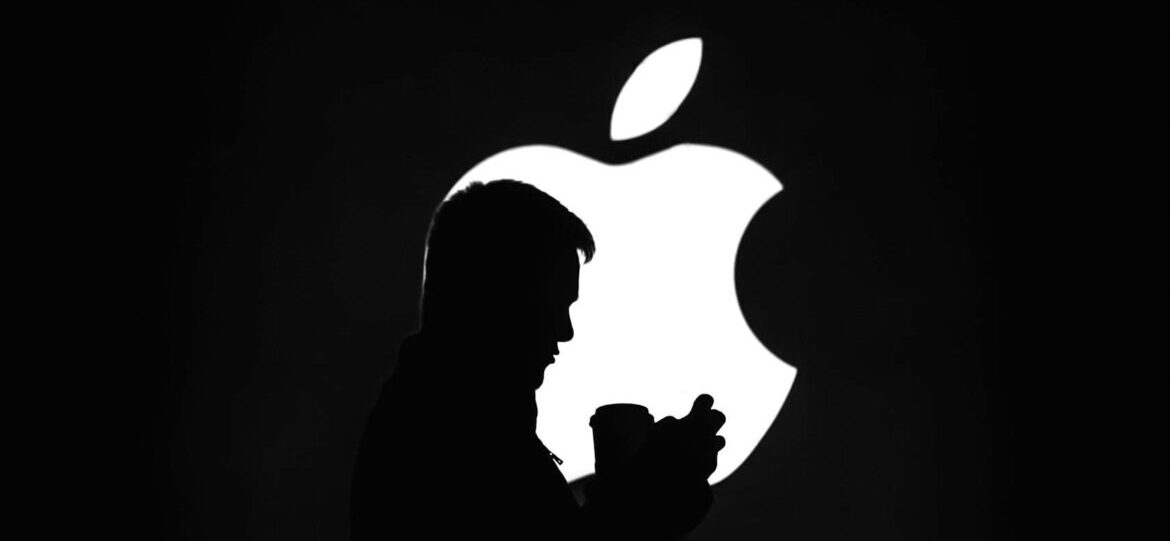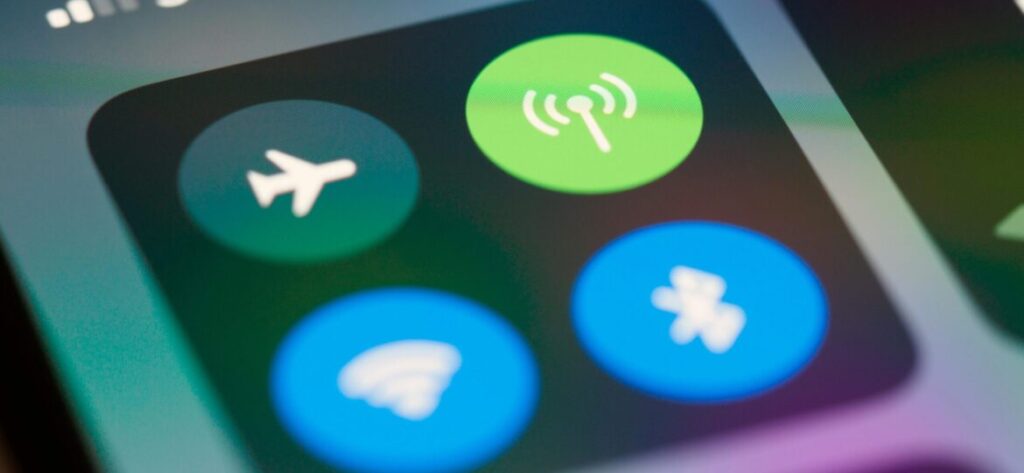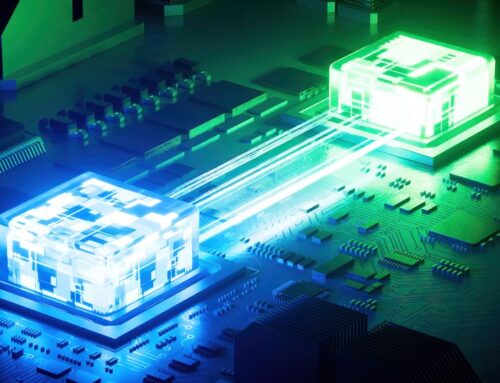September_Industry Analysis|Apple New Products Business Trend Analysis
Apple held a press conference on September 10th at 1:00 am Taiwan time, in which, not surprisingly, the new generation of iPhone 16 series phones, Apple Watch Series 10, AirPods4 and other products were released. Although these products are not the launch of the first generation of all new items, but in this case or highlights can lead the future trend of technology products and business opportunities, it is worth watching.
At one time, we used to hold our hands horizontally when taking photos, but this habit is gradually declining in the smartphone era, and the rise of 1:1 photo sharing and short video presentations such as IG and Jitterbug has banished the two-handed horizontal shooting method. With the launch of the new iPhone 16, a few seemingly boring new features may be poised to change the way we take photos, bringing back the two-handed horizontal shooting to our world, and in doing so, creating a new trend in image creation. Among the new features, unlike the previous principle of subtracting physical buttons, this time a physical button has been added, which is impressive. The button is focused on taking photos and emphasized on the three main functions at the launch event:
1. Capacitive technology senses the user's pressing force: shallow press to focus, deep press to take a picture.
2. Sliding Sensor: Sliding focus, sliding zoom, sliding function switch, free your other hand when taking pictures.
3. Directly open API: allow third-party multi-application will create more possibilities of use.

Source: Apple
What we find surprising about the return of the physical photo button to the iPhone is not Apple's creativity, but their confidence in their ability to have a mainstream end-user voice. Since the beginning of the smartphone era, the single-grip camera has been the mainstay of the smartphone industry, driving a wide range of new applications. However, the trend of bigger and heavier phones is slowly becoming the consensus of all mainstream products. Consumers more or less feel the weakness of their little fingers when taking one-handed shots, and it's becoming increasingly difficult to finish shooting with one hand. The iPhone16's physical button tries to bring two-handed photography back into the user's operation, with capacitive button sensing technology, which can sense the user's finger pressure to achieve the function of shallow press to focus and deep press to take pictures. And can also slide to make the camera zoom, function switching and other effects, people recall the previous use of digital cameras to take pictures horizontally, to achieve the purpose of two-handed liberation of small fingers. In addition, this time, Apple is different from the previous closed attitude towards new features, in the initial introduction announced that it will open the API to provide third-party use, and it is expected that soon there will be a variety of ways to operate into a variety of applications, to help users to explore the depth of the operating experience of the two-handed horizontal grip.
Unlike when iPhone 15 was released, the shooting function for Vision Pro was only available in the Pro series. The main purpose of the side-by-side camera in the iPhone 16 when holding the camera horizontally is to increase the 3D shooting capacity. Apple is willing to delegate 3D image production capacity to non-pro models, so I guess its intention is to allow users to create more 3D video content to help The Vision Pro is expected to help users create more 3D movie content to accelerate the penetration of the Vision Pro. In addition to the 3D video shooting ability to decentralize, Apple for the Pro series still give more high-profile solutions, its 4K 120Hz ultra-high-definition video shooting, so that all the dynamic images can be perfectly captured, we no longer need to worry about the quality of the film, instead of the phone memory and iCloud cloud space is large enough. 4 temporary microphone + AI algorithm stereo radio, this seems to be impossible to see, but it's a good idea. This new feature, which seems to be invisible to the naked eye, is in fact the highlight of the iPhone 16 that makes me feel the most breakthrough, apart from the physical buttons. In today's AI investment flood, almost all companies are talking about AI, and every day the news is about which company is spending a record high on AI, but for the real application of AI, except for the GPT that helps text output every day, and the occasional use of image generation, the number of real applications that go into the entertainment and consumer side is very few. In fact, the main reason is that we already have many apps to choose from for consumer entertainment, and the entry of AI may not necessarily replace the existing entertainment experience. Therefore, unless we can enhance the experience in a passive way (e.g. enhanced AI assistants, etc.), it is difficult for relevant applications to enter our lives directly. This time, Apple puts AI computing into the four temporary microphones, so as to enhance the sense of presence of the recording, which is exactly the use of AI to enhance the video shooting experience behind the scenes. This kind of enhancement without any trace is exactly a reflection of the future of AI computing that will really affect our lives. By embedding the AI experience directly into the basic functions of the phone and lowering the user's entry threshold, Apple has opened up unlimited possibilities for future terminal AI applications.

Source: Apple
In addition, Apple wants to build a big health platform, connecting all Apple devices to do their part for human health is not news, this time combined with the new Apple Watch S10 can quickly handle AI/ML computing tasks, in addition to support Siri voice, dictation, automatic physical training checks and clear calls, such as noise reduction and other intelligent processing, in the car accident detection (serious collision, automatic dialing of emergency calls) and fall detection function, has been able to accurately use different dynamic features and impact force to identify the difference between slip, trip and fall; or empower translation apps for voice recognition, trip and fall; or translation apps for voice recognition, tripping and fall; or empower translation apps for voice recognition, tripping and fall. In addition to crash detection (serious collision, automatic emergency call) and fall detection, the device can accurately recognize the difference between slip, trip and fall with different dynamic features and impact force; or empower translation apps to perform voice recognition and fast oral translation, which can help facilitate cross-border language communication. For more details, please refer to the report on the official website of Ji-Pu Big Health.
The iPhone is still Apple's most profitable consumer electronics device, and it's likely that the iPhone 16 will sell better this year than it did in the same period two years ago, but whether it can surpass the iPhone 13 in 2021 remains to be seen. In the past, Taiwan's export performance at the end of the year has often been brightened by Apple. With the export value of August just announced, this wave of research is due to the AI infrastructure to drive business opportunities in real value is strong. Coupled with the export of orders into the peak season, the demand for electronic components and information and communications products to promote the value of exports in August, an increase of 6.28 billion year-on-year to 43.64 billion U.S. dollars, a record high and information and communications also hit a record high of 12.98 billion U.S. dollars, an annual increase of 71.31 TP3T (42.41 TP3T). And electronic components to return to seasonal pulling goods, the momentum is still slightly weak, showing that the iPhone other than cell phone brands due to the release of new machines in the first half of the year in advance, the demand for related components offset. iPhone 16 release, will be able to drive the related supply chain revenue higher, but the actual situation still have to wait until the end of October and early November to be gradually finalized.
In addition to new product announcements, the introduction of AI into the iPhone is also their main feature, so some people are looking forward to the launch of the iPhone 16, while others say that there is nothing new and even with the addition of AI, the iPhone 16 is not going to be a product that will make people's eyes glaze over. From Apple's stock price due to the ups and downs, the market also have their own interpretation, and I think that due to the human "demand for electronic devices" to more advanced, more convenient, more multi-functional trend will not change, and this demand is the nature of the market drive, even if we look at the market can only be progressive innovation or micro-innovation, rather than leapfrog or micro-innovation. Even if we look at the products in the market and see only incremental or miniature innovations rather than leapfrog or disruptive innovations, the market will continue to pay for them, even for users who are not interested in AI introduction at all at the moment. Taking the example of 2G/3G cell phones in the past, I believe that we must be surrounded by a group of friends who only want to make phone calls and send SMS, but don't want or are not willing to change to a new type of cell phone. However, if we look around, even the group of people who don't want to accept the new technology are already using smart phones. Often it's not a change of mindset but the lack of old system services. In the same way, we think that the introduction of AI into mobile phones is a similar situation. It may be difficult to see which killer feature or app will cause a wave of phone replacement, but the existence of this basic need will keep the product overlapping, and at the same time allow the productivity cycle to grow, and eventually consumers will fully accept it.










